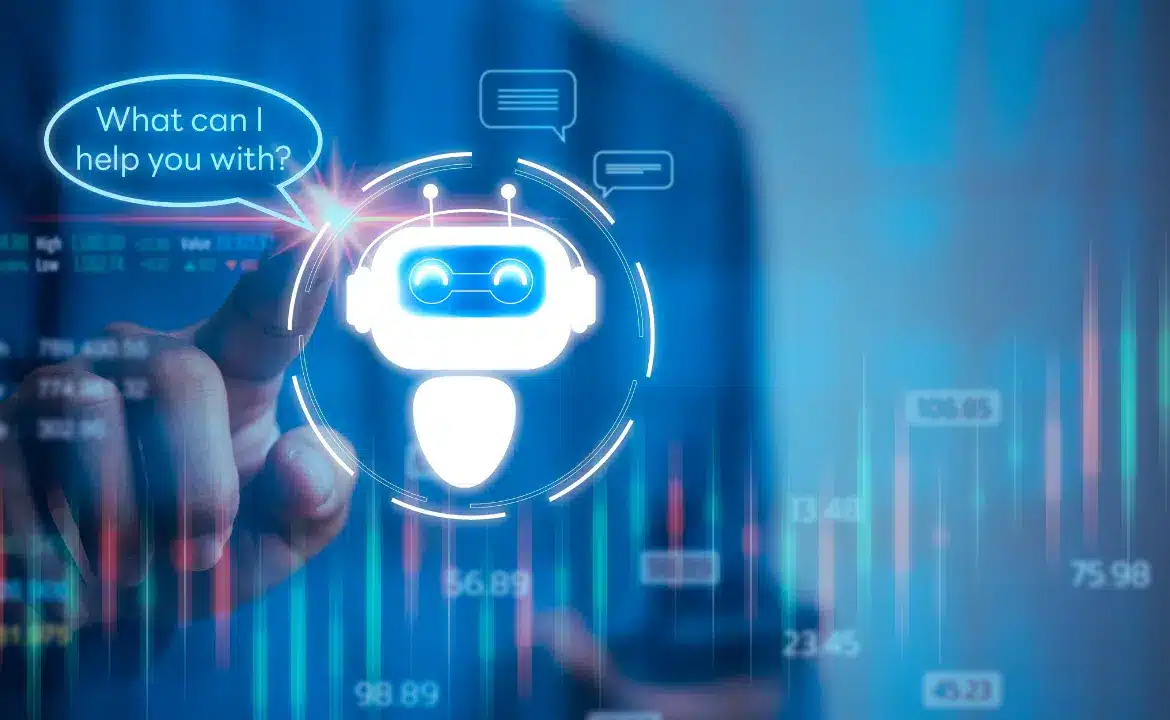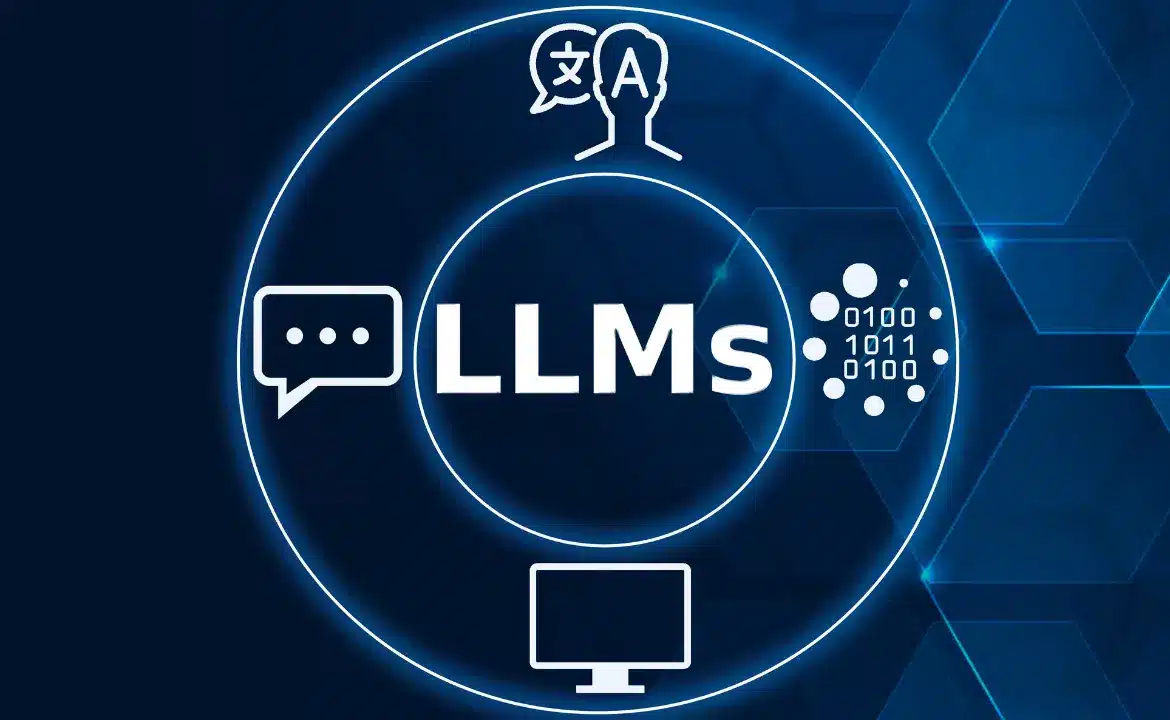 The role of LLMs in evaluating Gen AI applicationsApril 30, 2024https://www.equalexperts.com/blog/ai/how-to-test-conversational-assistants-using-behaviour-driven-development/
The role of LLMs in evaluating Gen AI applicationsApril 30, 2024https://www.equalexperts.com/blog/ai/how-to-test-conversational-assistants-using-behaviour-driven-development/ Test Conversational Assistants with BDDApril 23, 2024https://www.equalexperts.com/blog/ai/why-autonomous-agents-could-be-the-best-thing-to-happen-to-ai/
Test Conversational Assistants with BDDApril 23, 2024https://www.equalexperts.com/blog/ai/why-autonomous-agents-could-be-the-best-thing-to-happen-to-ai/
Late in 2022, ChatGPT made its debut and dramatically changed the world. Within 5 days, it had reached 1 million users – an unprecedented adoption rate for any consumer application since the dawn of the Internet. Since then, many companies have started to think much bigger about what AI could mean for their customers and the wider world.
September 13, 2023